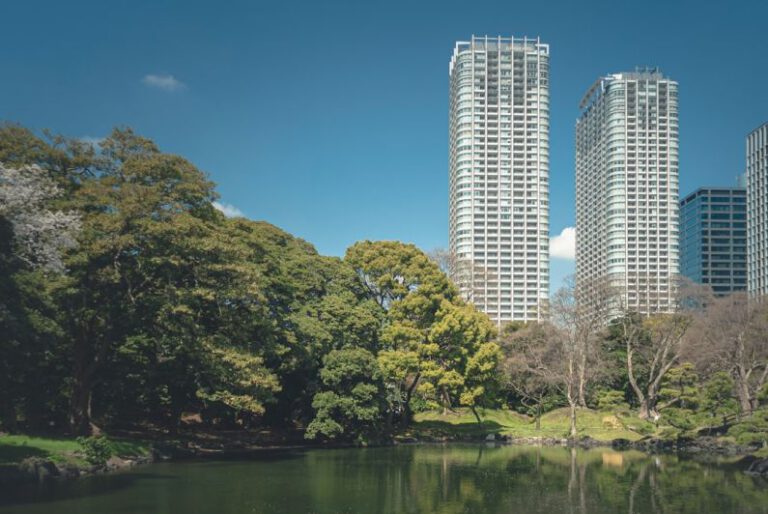Tiny House, Big Impact: the Movement Towards Micro-living
Stepping into the world of micro-living, where tiny houses are making a big impact, is like entering a realm of innovation and sustainability. This movement towards living in smaller, more efficient spaces is gaining momentum worldwide, challenging traditional notions of homeownership and redefining the concept of home. With a focus on minimalism, sustainability, and affordability, the tiny house movement is reshaping the way we live and interact with our living spaces.
**The Rise of Tiny Houses**
Tiny houses, typically ranging from 100 to 400 square feet in size, have been capturing the imagination of people looking to downsize and simplify their lives. The appeal of these compact dwellings lies in their versatility, affordability, and eco-friendly footprint. As housing costs continue to rise, especially in urban areas, many individuals and families are turning to tiny houses as a viable alternative to traditional homes. These small yet functional spaces offer a way to reduce living expenses, minimize environmental impact, and prioritize experiences over possessions.
**Embracing Minimalism**
At the core of the tiny house movement is the philosophy of minimalism – the intentional focus on living with less and decluttering one’s life. By embracing a minimalist lifestyle, tiny house dwellers are able to prioritize what truly matters to them, whether it be spending time with loved ones, pursuing passions, or exploring the world around them. The limited square footage of tiny houses encourages residents to carefully consider their possessions and only keep items that serve a purpose or bring them joy. This shift towards intentional living fosters a sense of freedom and contentment that is often elusive in today’s fast-paced consumer culture.
**Sustainability and Eco-conscious Living**
Tiny houses are not just about living small; they are also about living sustainably. Many tiny house builders incorporate eco-friendly materials, energy-efficient systems, and off-grid solutions to minimize their environmental impact. From solar panels and composting toilets to rainwater harvesting systems and reclaimed wood finishes, tiny houses are leading the way in sustainable design and off-the-grid living. By reducing energy consumption, water usage, and waste production, tiny house dwellers are making a positive contribution to the planet while also living more consciously and responsibly.
**Challenges and Considerations**
While the tiny house movement offers a compelling vision of simpler, more sustainable living, it is not without its challenges. Zoning regulations, building codes, and land use restrictions can present obstacles for those looking to build or park a tiny house. Finding suitable land, securing financing, and navigating legal requirements can be daunting tasks for aspiring tiny house owners. Additionally, the limited space in tiny houses can pose logistical challenges in terms of storage, functionality, and privacy. However, many advocates of the movement see these challenges as opportunities for creativity, innovation, and community building.
**The Future of Micro-living**
As the tiny house movement continues to gain traction, it is evolving and expanding in exciting ways. Tiny house communities, co-housing developments, and pocket neighborhoods are emerging as alternatives to traditional subdivisions and apartment complexes. These intentional communities foster connection, collaboration, and shared resources among like-minded individuals seeking a simpler, more sustainable way of life. The future of micro-living is bright, with innovations in tiny house design, technology, and community building paving the way for a more resilient and inclusive housing landscape.
**In Summary**
Tiny houses may be small in size, but their impact on the way we live, build, and think about home is anything but insignificant. By embracing minimalism, sustainability, and community, the tiny house movement is redefining the notion of homeownership and inspiring a new generation of conscientious consumers. As we navigate the challenges and opportunities of micro-living, one thing is clear – the tiny house movement is here to stay, shaping the future of housing and inviting us to rethink what it means to live well in a world of limited resources and infinite possibilities.






